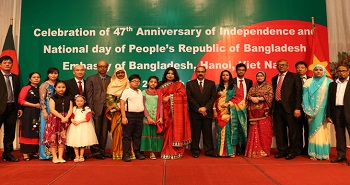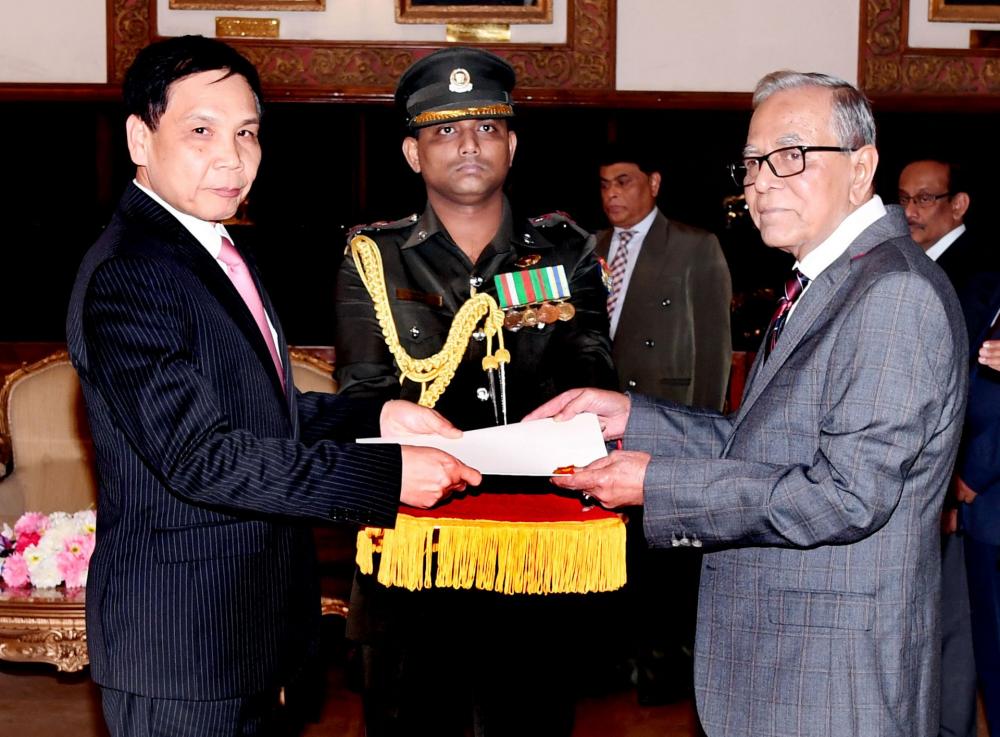-

Bangladesh targets $1b trade ties with Vietnam
-

VIETNAM COFFEE EXPORTS UNDER THE TOP 2 OF THE WORLD
-
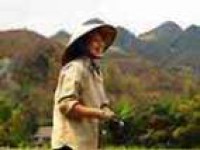
Rice Exports by Country
-
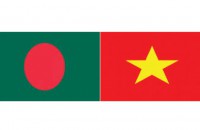
Relations between Bangladesh and Vietnam
-
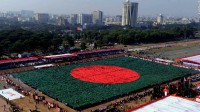
Bangladesh Economic Outlook 2019: A resilient economy in need of sound policy LIGHTCASTLE ANALYTICS WING
-

Bangladesh Economy Continues Robust Growth with Rising Exports and Remittances
-
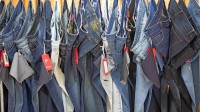
Vietnam beats us in RMG for last 5 months in 2019
-
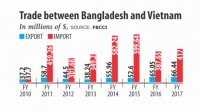
Bangladesh to seek more Vietnamese investment
BANGLADESH INFORMATION BRIEF
Official name: People's Republic of Bangladesh (Gana Prajatantri Bangladesh).
Capital: Dhaka.
Government Parliamentary form of government, PRESIDENT is head of the State and PRIME MINISTER is head of government.
UNO member: UNO membership no 136, admitted on 17 September, 1974.
Geographical location: In South Asia, between 20°34' to 26°38' north latitude and 88°01' to 92°41' east longitude. Maximum extension is about 440 km in E-W direction and 760 km in NNW-SSE direction. Time GMT +6.00 hours.
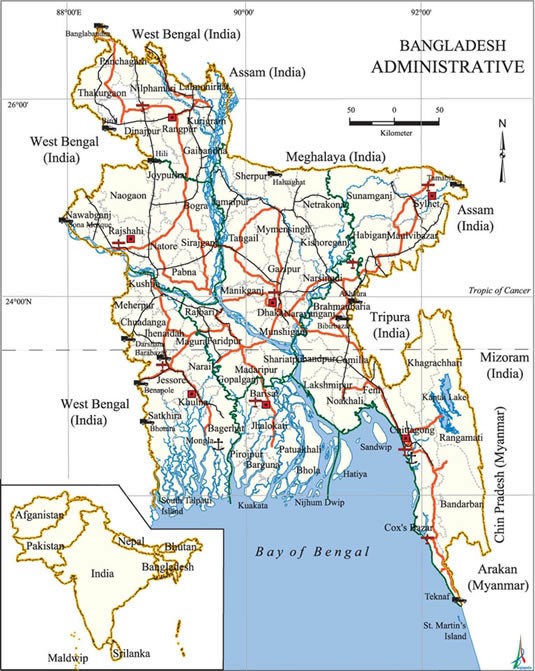
Area and boundaries Area: 147,570 sq km. Boundaries: WEST BENGAL (India) on the west; West Bengal, ASSAM and Meghalaya (all the Indian states) on the north; Indian states of Assam, TRIPURA and Mizoram together with Myanmar on the east; and BAY OF BENGAL on the south. The total length of the land border is about 4,246 km, of which 93.9% is shared with India and the rest 6% with Myanmar. Limit of territorial water is 12 nautical miles (22.22 km) and the area of the high seas extending to 200 nautical miles (370.40 km) measured from the baselines constitutes the Exclusive Economic Zone (EEZ).
Administrative unit’s division: 7 (Dhaka, CHITTAGONG, KHULNA, RAJSHAHI, BARISAL, SYLHET and RANGPUR); district 64; upazila 483 and thana 599 (2008), union 4,498 (2008), mouza 59,990, village 87,362; city corporation 6 (Dhaka, Chittagong, Khulna, Rajshahi, Sylhet, Barisal); municipality 309 (2008).
Physiography: A humid low-lying alluvial region, Bangladesh is composed mainly of the great combined DELTA of the Ganges-Brahmaputra-Meghna rivers. It is one of the largest deltas in the world. The monotony of flatness has been relieved inland by two elevated tracts - the MADHUPUR and the BARIND TRACTS, and on the northeast and southeast by rows of hills. Some 75% of the land is less than 3m above mean sea level (MSL) and vulnerable to floods and cyclones. The maximum elevation is 1,280m above MSL at Saichal Range in RANGAMATI district. Tajingdong is the highest peak and called as Bijoy.
Rivers: Total rivers including tributaries and distributaries are about 700 under three mighty river systems: GANGES-PADMA RIVER SYSTEM, BRAHMAPUTRA-JAMUNA RIVER SYSTEM and SURMA-MEGHNA RIVER SYSTEM. Rivers of the southeastern hilly region are considered as the CHITTAGONG REGION RIVER SYSTEM. Principal rivers are: ganges, padma, brahmaputra, jamuna, surma, kushiyara, meghna, karnafuli, old brahmaputra, arial khan, buriganga, shitalakshya, tista, atrai, gorai, madhumati, kobadak, rupsa-pashur, feni.
Climate: Sub-tropical MONSOON. Average maximum and minimum winter temperatures are 29°C and 11°C respectively; average maximum and minimum summer temperatures are 34°C and 21°C respectively. Annual RAINFALL 1,194 mm to 3,454 mm. Highest humidity 80% to 100% (August-September), lowest 36% (February-March).
Archaeological sites: PAHARPUR (5 km west of Jamalganj railway station in Joypurhat district, actually the site includes the Badalgachi upazila of Naogaon district), MAHASTHANGARH (about 12 km north of Bogra town, the site includes partly Shibganj and partly Bogra Sadar upazilas of Bogra district), BHASU VIHARA (about 4.8-6.4 km northwest of Mahasthangarh), MAINAMATI (8 km west of Comilla town), HALUD VIHARA (about 14.5 km west-south-west of Paharpur), SITAKOT VIHARA (Nawabganj upazila of Dinajpur district), WARI-BATESHWAR (Narsingdi).
.jpg)
Tourist spots:
COX'S BAZAR, RANGAMATI, CHITTAGONG, SYLHET, KUAKATA (Patuakhali), SUNDARBANS (Khulna). The 120-km long Cox's Bazar sea beach is considered to be the longest in the world. Kuakata is a unique beach for viewing sunrise as well as sun-setting.
Population (2008) total population 146.6 million; density 993 persons per sq km, annual growth rate' 1.39%, male-female ratio 104:100, urban population 37.4 million, rural population 109.2 million. Life expectancy at birth (2008) 66.9 years. At the point of ethnicity Bangladeshi people are amalgamation of Dravidian, Proto-Australoaid, Mongoloid, and Ariyan. Tribal people with a population of just over 1.2 million occupy mainly khagrachhari, bandarban, Rangamati, Chittagong, Cox’s Bazar, habiganj, Sylhet, sunamganj, maulvi bazar, dinajpur, joypurhat, Rajshahi, naogaon, rangpur, bogra, nawabganj, mymensingh, netrokona, barguna and bhola districts. There are some 45 tribal groups in Bangladesh and among those chakma, garo, hajong, khasia, magh, santals, rakhain, manipuri, murong are notable.
Religion: Muslims 88.3%, Hindus 10.5%, Buddhists 0.6%, Christian 0.5% and others 0.1%.
Language National Language: Bangla (99.5% speak Bangla and 0.5% other dialects). English is the second most important language.
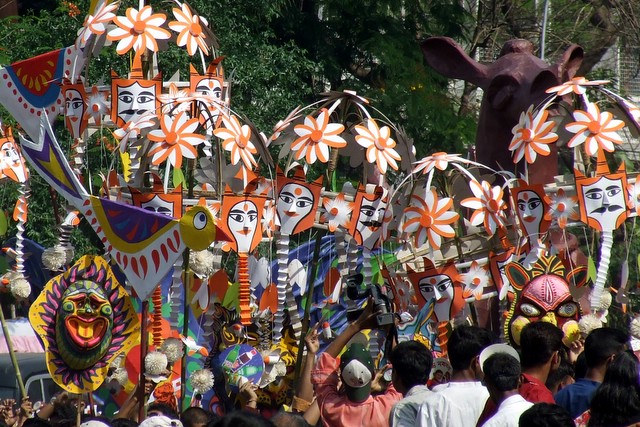
Food Staple diet: rice, wheat, vegetable, pulses, fish and meat.
Principal crops: jute, rice, wheat, potato, tea, tobacco, sugarcane.
Principal fruits: MANGO (am), JACKFRUIT (kanthal), black berry (jam), PINEAPPLE (anarax), BANANA (kala), LITCHI (lichu), LEMON (lebu), GUAVA (peyara), PAPAYA (pepe), tamarind (tentul), watermelon (tarmuj), rose apple (jamrul), jujube (badai).
Principal fishes: Freshwater fishes: HILSA (Ilix) [Tenualosa ilisha]; CARPS (Rui, Catla, Mrigal, Kalibaux, etc); barbs (Punti, Mahaxol, etc); minnows (Darkina, Chela, Mola, etc); catfishes (Tebgra, Aid, Shingi, Magur, etc); Climbing Perch (Koi), [Anabas testudineus]. Saline water fishes: Jew fishes (Poa), thread-fins (Tapasi), mullets (Bata), pomfrets (Rupchanda), etc.
Flora: 6000 species (5000 flowering plants).
Fauna Vertebrates: about 1600 species; FISH: 266 inland species and 442 marine species; AMPHIBIANS: 22 species; REPTILES 126 species (109 inland and 17 marine); BIRDS: 628 species (388 resident and 240 migratory); MAMMALS: 113 species (110 inland and 3 marine). Forest: Total 21403 sq km. Hill forest land 13,617 sq km; Inland forest land 1,220 sq km; Littoral forest 6,566 sq km.
National days: Shaheed Dibas (Martyrs' Day) on 21 February now observed as INTERNATIONAL MOTHER LANGUAGE DAY; Swadhinata Dibas (INDEPENDENCE DAY) on 26 March; PAHELA BAISHAKH or Bangla Nababarsa (Bangla New Year); Bijoy Dibas (VICTORY DAY) on 16 December. Festivals Common: Navanna, PAHELA BAISHAKH (Bangla Nababarsha). Religious: Muslim EID-UL FITR, EID-UL AZHA, SHAB-E-QADR, SHAB-E-BARAT, Eid-e-Miladunnabi, MUHARRAM; Hindu DURGA PUJA, KALI PUJA, LAKSMI PUJA, Saraswati puja, Doljatra, Holi; Christian CHRISTMAS; Buddhist BUDDHA PURNIMA
Games: KABADI is the national game;
Football, CRICKET, HOCKEY, TENNIS, BADMINTON, VOLLEYBALL, HANDBALL, CHESS and carom are also popular games.
National flower: Shapla or water lily (Nymphaea pubescens).
National fruit: Kanthal or jackfruit (Artocarpus heterophyllus).
National bird: Doel or MAGPIE-ROBIN or Oriental Magpie Robin (Copsychus saularis).
National fish: Ilish hilsa (Tenualosa ilisha).
National animal: Bagh or BENGAL TIGER, well known as Royal Bengal Tiger (Pathera tigris). [Masud Hasan Chowdhury]
Festivals and celebrations
Festivals and celebrations are an integral part of the culture of Bangladesh. Pohela Falgun, Pohela Boishakh for Bengali and Boishabi for hill tracks tribal Matribhasha dibosh, victory day, Nobanno, Pitha Utshob in winter, Poush Songkranti and chaitro sankranti in the last day of Bangla month chaitro, Shakhrain are celebrated by everyone despite their religion. Muslim festivals of Eid ul-Fitr, Eid ul-Azha, Milad un Nabi, Muharram, Chand raat, Shab-e-Baraat, Bishwa Ijtema; Hindu festivals of Durga Puja and Janmashtami; Buddhist festival of Buddha Purnima; Christian festival of Christmas and secular festivals like Pohela Boishakh, Nabanna, Language Movement Day, Independence Day, Rabindra Jayanti, Nazrul Jayanti witness widespread celebrations and usually are national holidays in Bangladesh.
.jpg)
Eid ul-Fitr
As the most important religious festival for the majority of Muslims, the celebration of Eid ul-Fitr has become a part of the culture of Bangladesh. The government of Bangladesh declares the holiday for three days on Eid-ul Fitr. But practically, all schools, colleges, and offices remain closed for a week. This is the happiest time of the year for most of the people in Bangladesh. All outgoing public transport from the major cities have become highly crowded and in many cases the fares tend to rise in spite of government restrictions. On Eid day, the Eid prayers are held all over the country, in open areas like fields, Eidgahs or inside mosques.[2] After the Eid prayers, people return home, visit each other's home and eat sweet dishes called Shirini, Sheer Khurma and other delicacies like biryani, korma, haleem, kebab etc. Throughout the day people embrace each other and exchange greetings. It is also customary for junior members of the society to touch the feet of the seniors, and seniors returning blessings (sometimes with a small sum of money as a gift). Money and food are donated to the poor. In rural areas, the Eid festival is observed with great fanfare. Quiet remote villages become crowded. In some areas, Eid fairs are arranged. Different types of games including boat racing, kabaddi, and other traditional Bangladeshi games, as well as modern games like cricket and football, are played on this occasion. In urban areas, people play music, visit each other's houses, arrange picnics and eat special food. The homes, streets, markets, and parks are illuminated with lighting decorations in the evening. Watching movies and television programs have also become an integral part of the Eid celebration in urban areas. All local TV channels air special program for several days for this occasion.
Eid ul-Azha
Eid ul-Azha or Bakri Id is the second most important religious festival. The celebration of this festival similar to Eid ul-Fitr in many ways. The only big difference is the Kurbani or sacrifice of domestic animals. Numerous temporary marketplaces of different sizes called hat operate in the big cities for sale of Qurbani animals (usually cows, goats, and sheep). In the morning on the Eid day, immediately after the prayer, affluent people thank God for the animal and then sacrifice it. Less affluent people also take part in the festivity by visiting houses of the affluent who are taking part in kurbani. After the kurbani, a large portion of the meat is given to the poor people and to the relatives and neighbors. Although the religious doctrine allows the sacrifice anytime over a period of three days starting from the Eid day, most people prefer to perform the ritual on the first day of Eid. However, the public holiday spans over three to four days. Many people from the big cities go to their ancestral houses and homes in the villages to share the joy of the festival with friends and relatives.
Copyrights Thiet Ke Website by ungdungviet.vn




